Los Angeles based studio MILLIØNS' 'expansive' view of architecture
MILLIØNS is a multi-hyphenated practice from California, inspiring with their expansive view of architecture
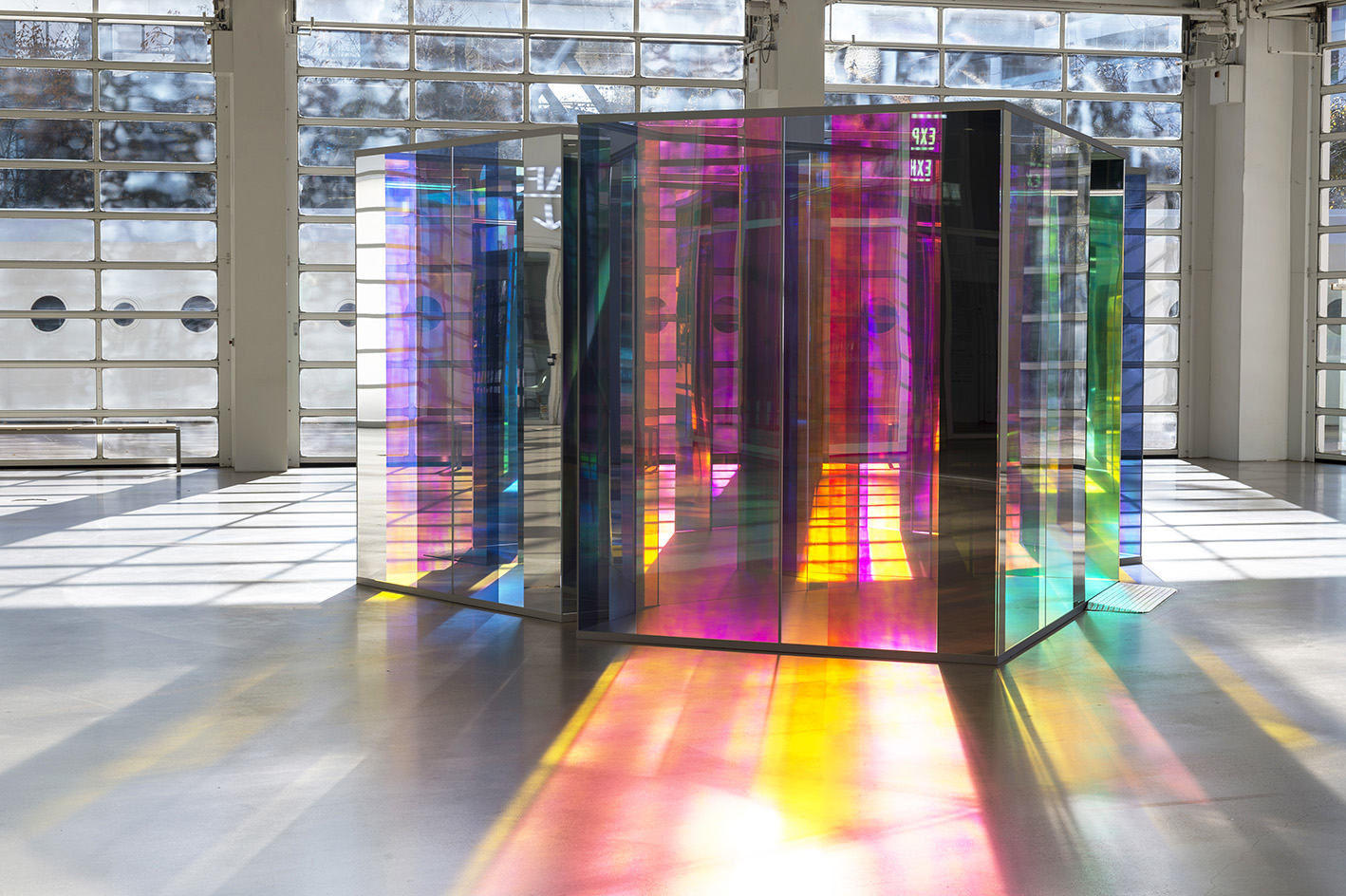
Zeina Koreitem and John May are the founders of MILLIØNS, a small, L.A.-based studio with an outsized vision for architecture. They describe their practice: ‘We find it impossible to imagine architecture apart from a kind of expansive, ongoing project of observation and investigation—cultural, historical, technical, political—as a way of continually understanding the world around us.’
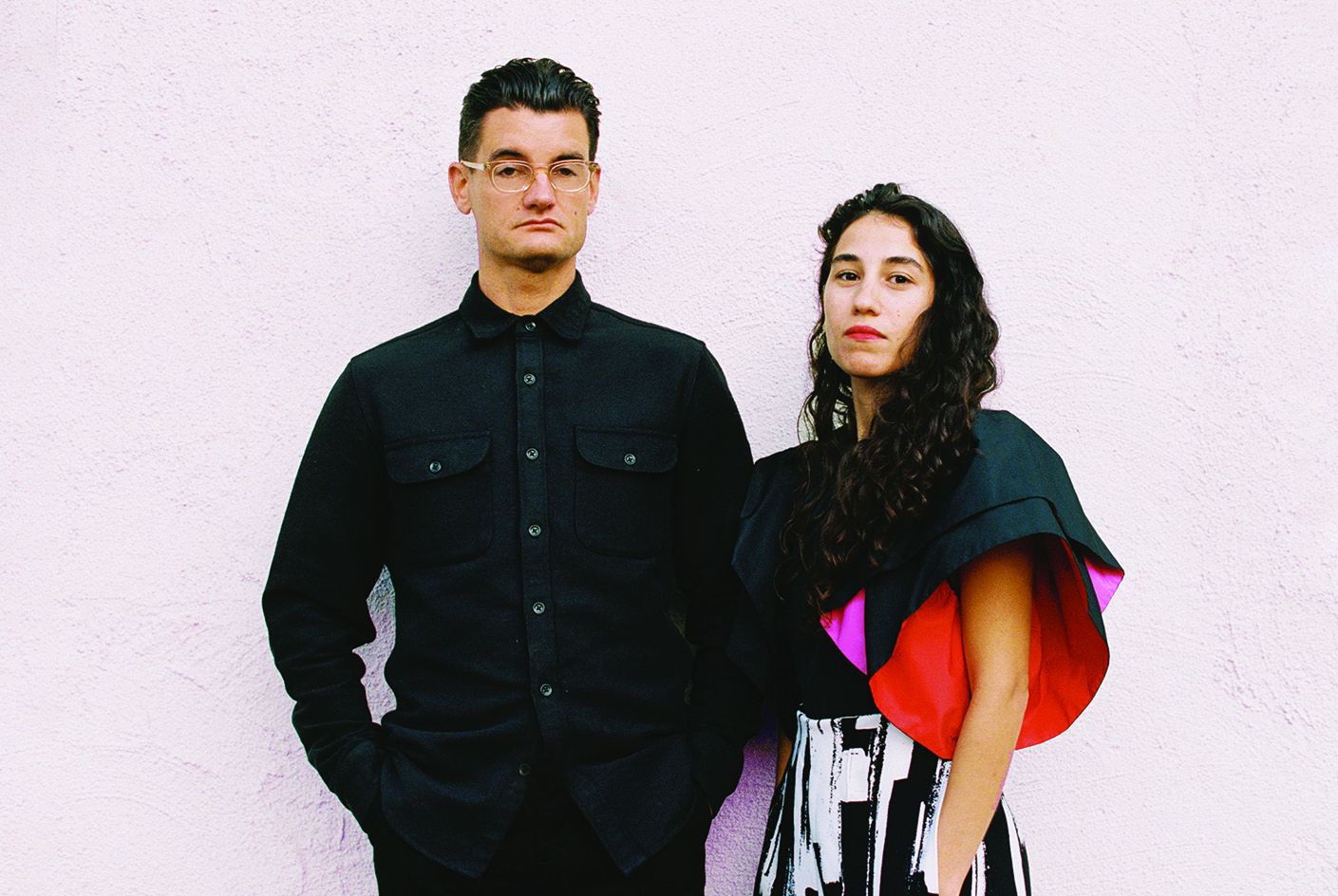
MILLIØNS: a multi-hyphenated practice making waves
For them, it is part of a holistic life (both private and public), with the potential to have, in their words, ‘stimulating effects on people and publics to be better versions of themselves, and to live differently.’ In short, design is a kind of impetus to live up to something bigger. What that is, exactly, keeps evolving.
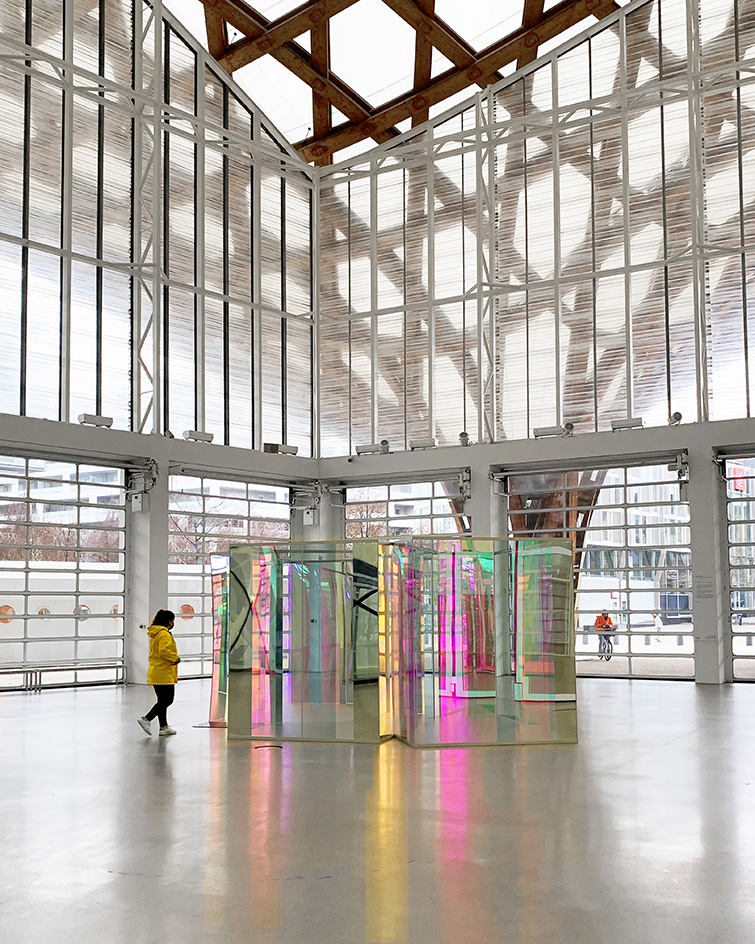
Koreitem and May first started working together in 2012 and formalised that collaboration into a business three years later. For them, design stretches across a wide range of activities: they write, create furniture, curate exhibitions, in addition to practising architecture and, of course, teaching. Koreitem is design faculty at SCI-Arc and May is an associate professor at Harvard’s Graduate School of Design.
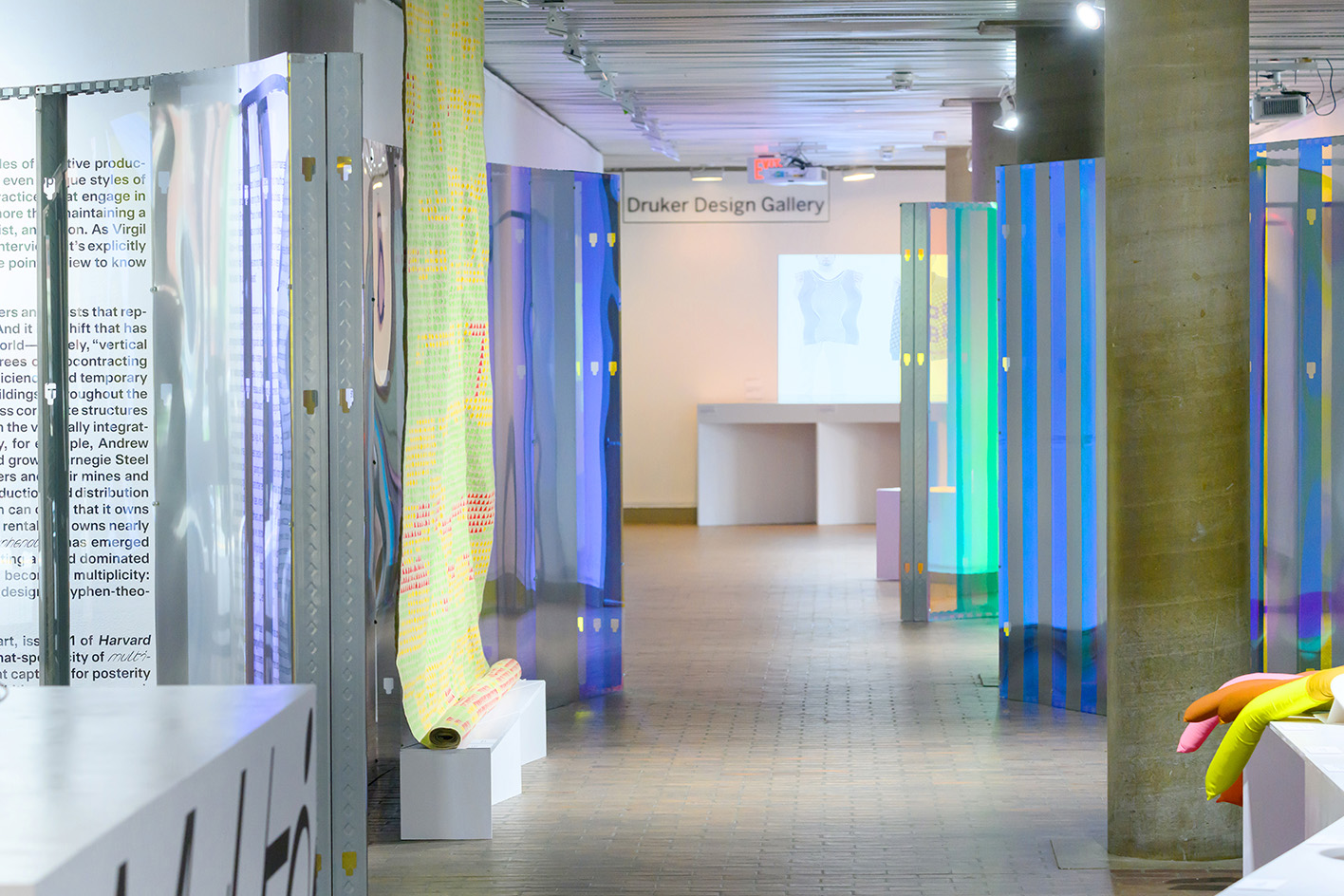
In 2022, they were commissioned to create a pavilion at the Center Pompidou Metz as part of a biennial (organised by philosopher Bruno Latour and curators Martin Guinard and Eva Lin) on the impact of climate change on contemporary culture. Like many offices of their generation, juggling each of these projects is an all-consuming enterprise where the borders between different disciplines, design and research, work and life are purposefully blurry.
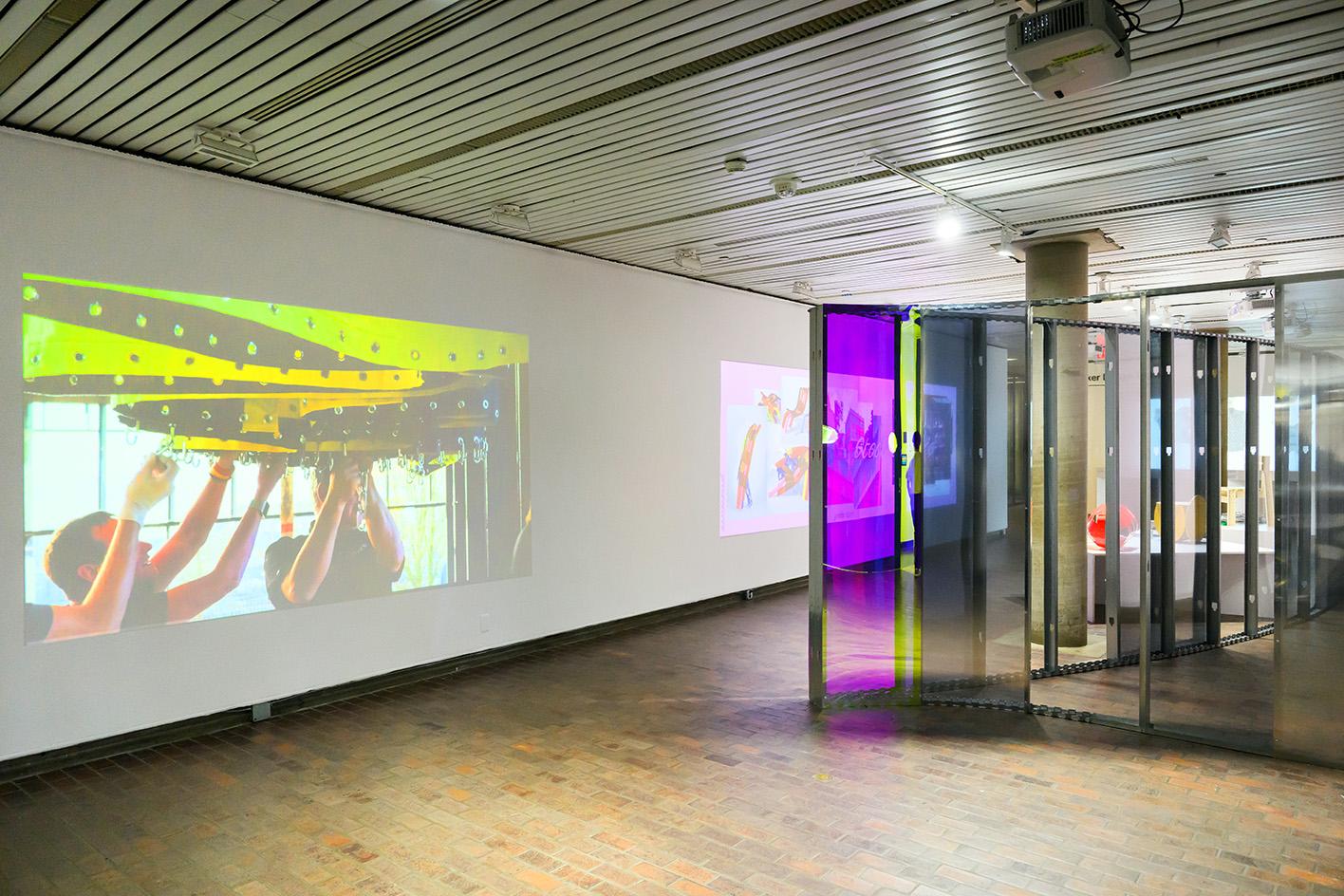
“Our practice is completely multi-hyphenated,” they explain. Best embodied by the late Virgil Abloh, the term is the theme of a recent issue of Harvard Design Magazine that Koreitem and May guest edited with fellow architect/educator Sean Canty. The publication theorises all the curious ways that a transdisciplinary approach reflects a zeitgeist brimming with creative possibilities.
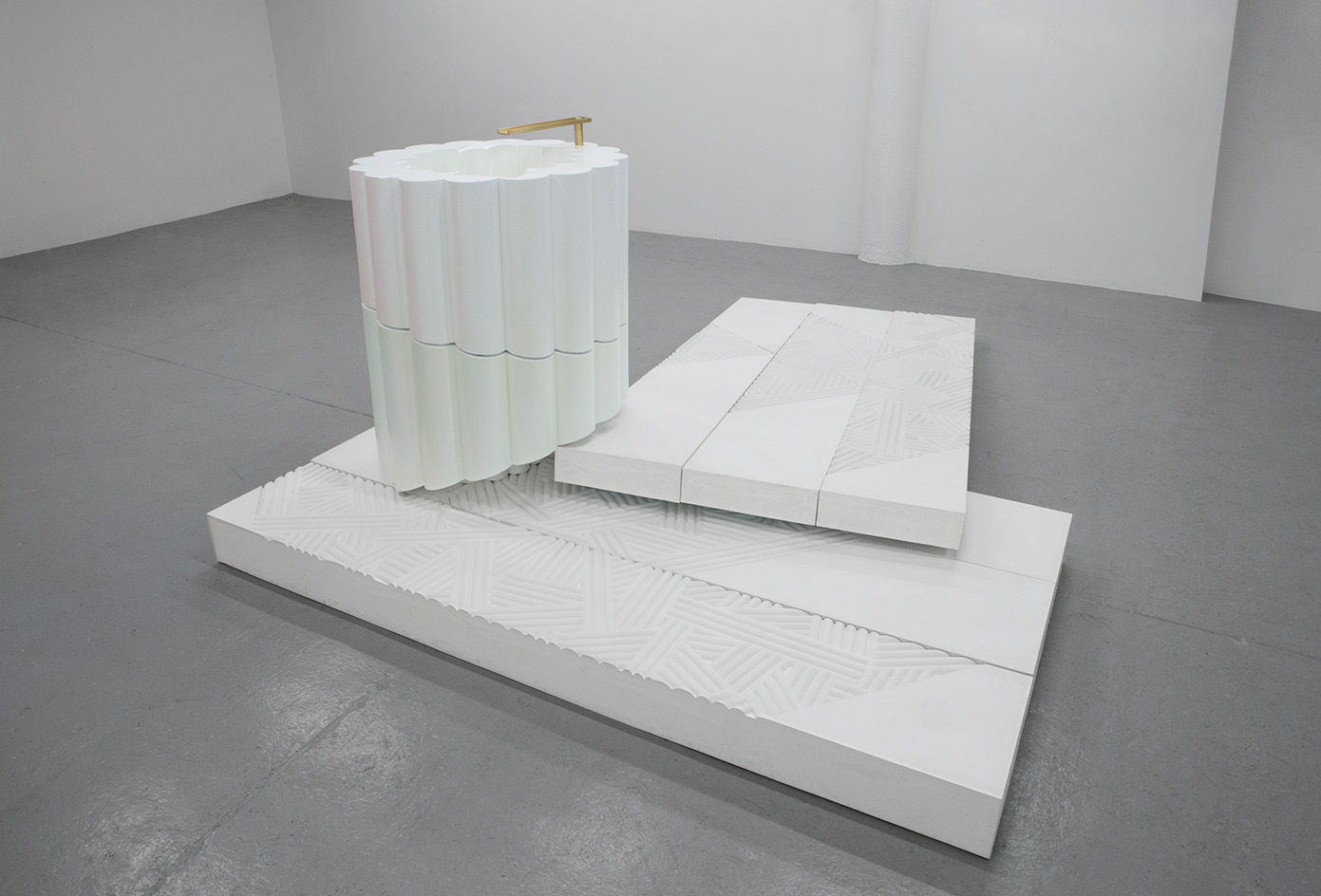
Some of those possibilities come together in MILLIØNS’ design for the Rosenfield Collection café at Everson Museum of Art in Syracuse, New York. In 2019, the studio won the invited competition for a restaurant housed in the west wing of I.M Pei’s iconic building. Their chromatic design, currently in development, incorporates the typical need for tables and seating as well as featuring ceramics donated by collector Louise Rosenfield, who stipulated that her pieces remain in use.
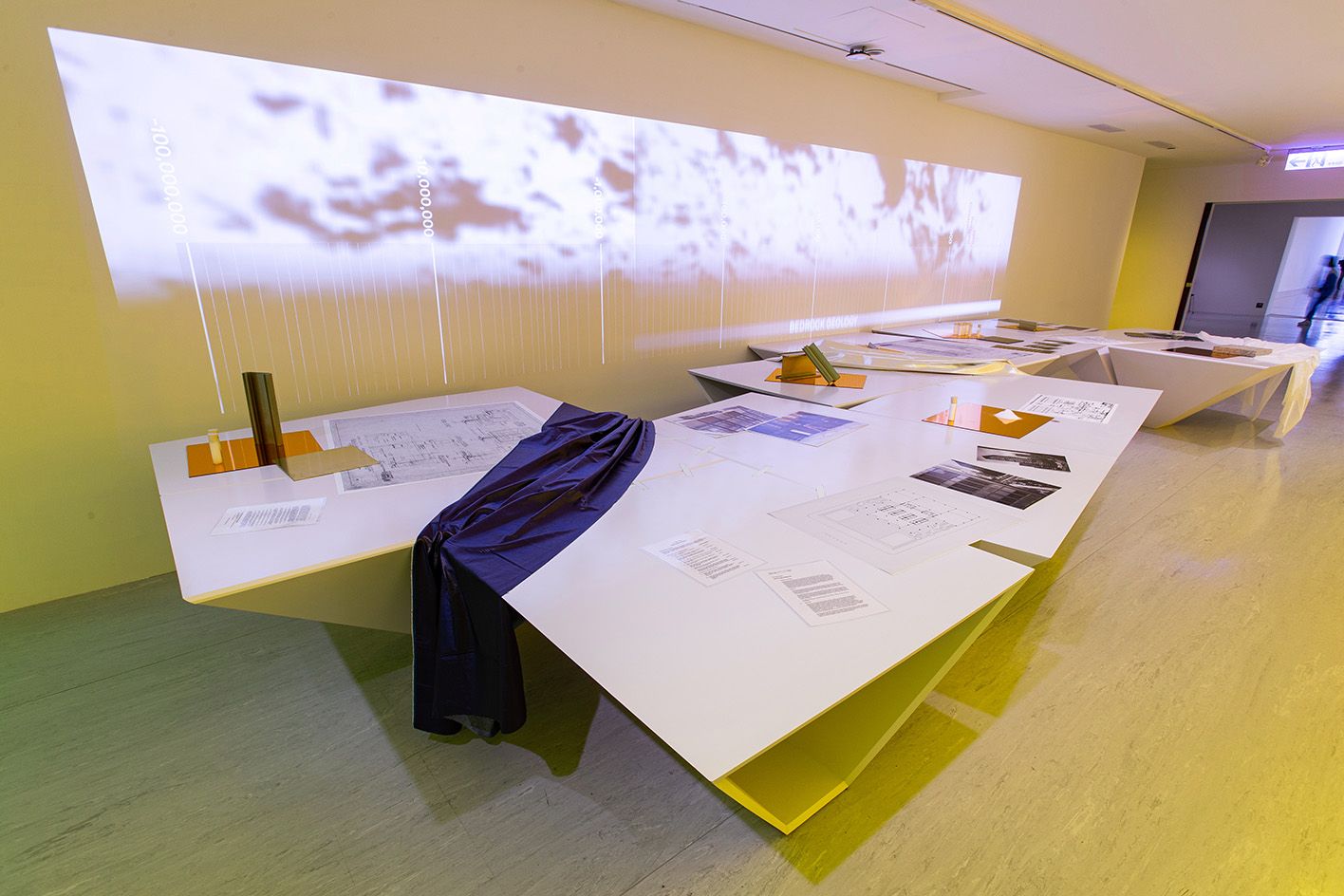
An unusually risky requirement that could lead to pieces being damaged or broken. ‘She believes that ceramics, unlike other forms of artistic expression, can only be understood through their use in everyday life,’ note Koreitem and May approvingly. Architecture and design, so lofty in ambition, are ultimately part of a fragile cycle of obsolescence.
Receive our daily digest of inspiration, escapism and design stories from around the world direct to your inbox.
Mimi Zeiger is a Los Angeles-based critic, editor, and curator, holding a Master of Architecture degree from SCI-Arc and a Bachelor of Architecture degree from Cornell University. She was co-curator of the U.S. Pavilion for the 2018 Venice Architecture Biennale, and she has written for the New York Times, the Los Angeles Times, Architectural Review, Metropolis, and Architect. Mimi is the 2015 recipient of the Bradford Williams Medal for excellence in writing about landscape architecture. She has also authored New Museums, Tiny Houses, Micro Green: Tiny Houses in Nature, and Tiny Houses in the City. In 1997, Zeiger founded loud paper, an influential zine and digital publication dedicated to increasing the volume of architectural discourse. She is visiting faculty at the Southern California Institute of Architecture (SCI-Arc) and teaches in the Media Design Practices MFA program at Art Center College of Design. She was co-president of the Los Angeles Forum for Architecture and Urban Design and taught at the School of Visual Art, Art Center, Parsons New School of Design, and the California College of the Arts (CCA).
-
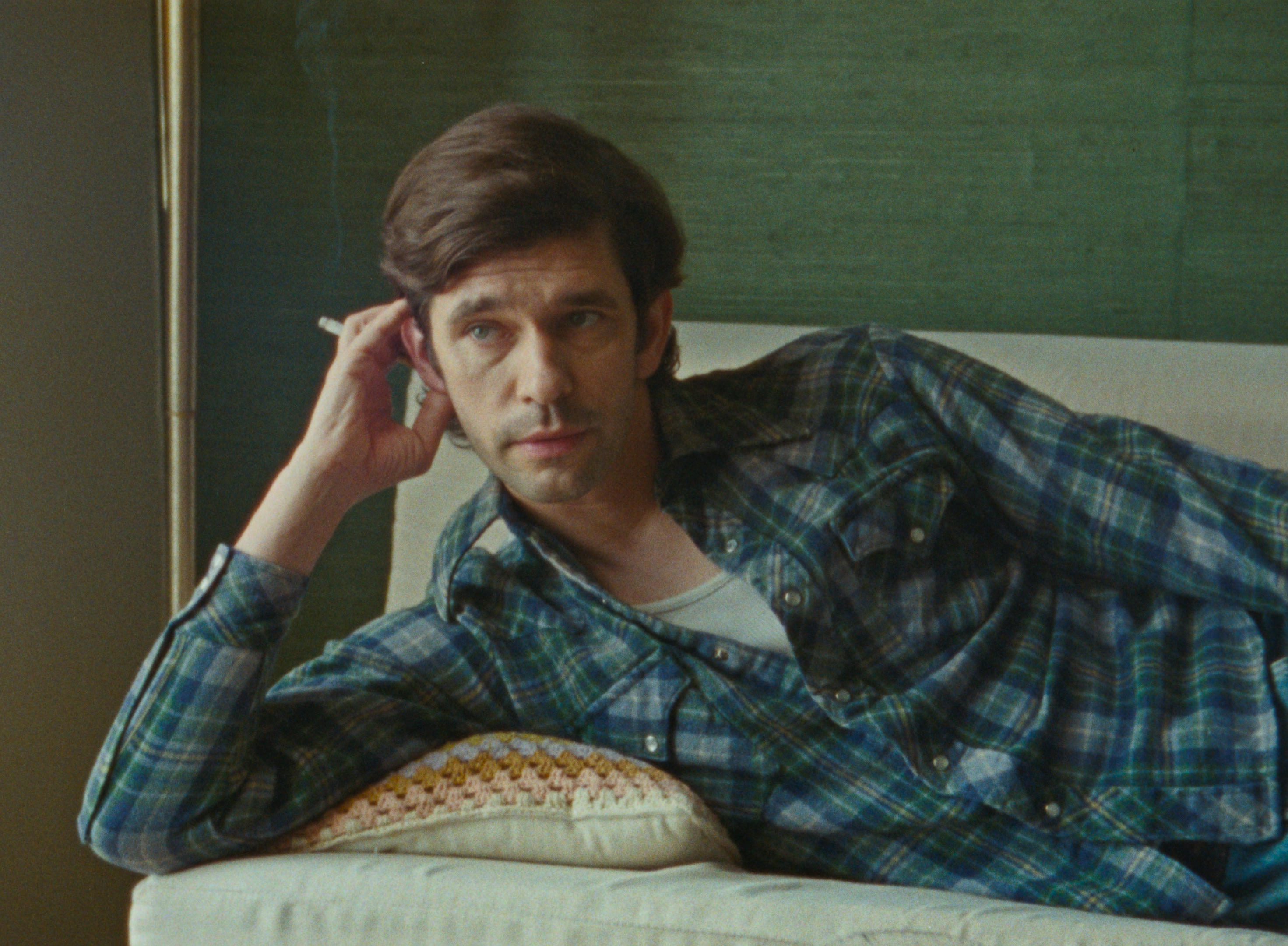 Can the film 'Peter Hujar's Day' capture the essence of the elusive artist?
Can the film 'Peter Hujar's Day' capture the essence of the elusive artist?Filmmaker Ira Sachs and actor Ben Whishaw bring Peter Hujar back to the front of the cultural consciousness
-
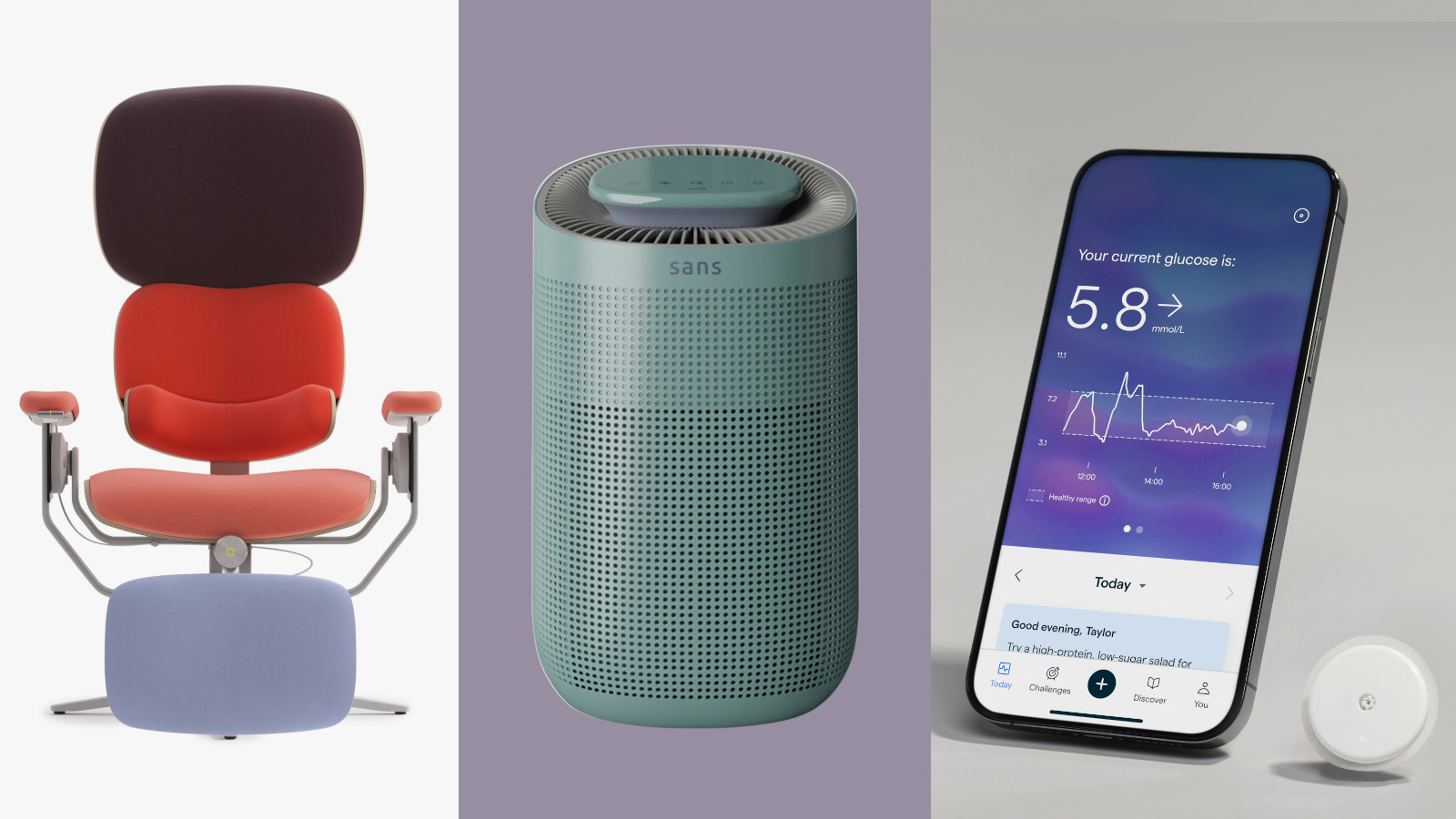 New tech dedicated to home health, personal wellness and mapping your metrics
New tech dedicated to home health, personal wellness and mapping your metricsWe round up the latest offerings in the smart health scene, from trackers for every conceivable metric from sugar to sleep, through to therapeutic furniture and ultra intelligent toothbrushes
-
 Out of office: The Wallpaper* editors’ picks of the week
Out of office: The Wallpaper* editors’ picks of the week'Tis the season for eating and drinking, and the Wallpaper* team embraced it wholeheartedly this week. Elsewhere: the best spot in Milan for clothing repairs and outdoor swimming in December
-
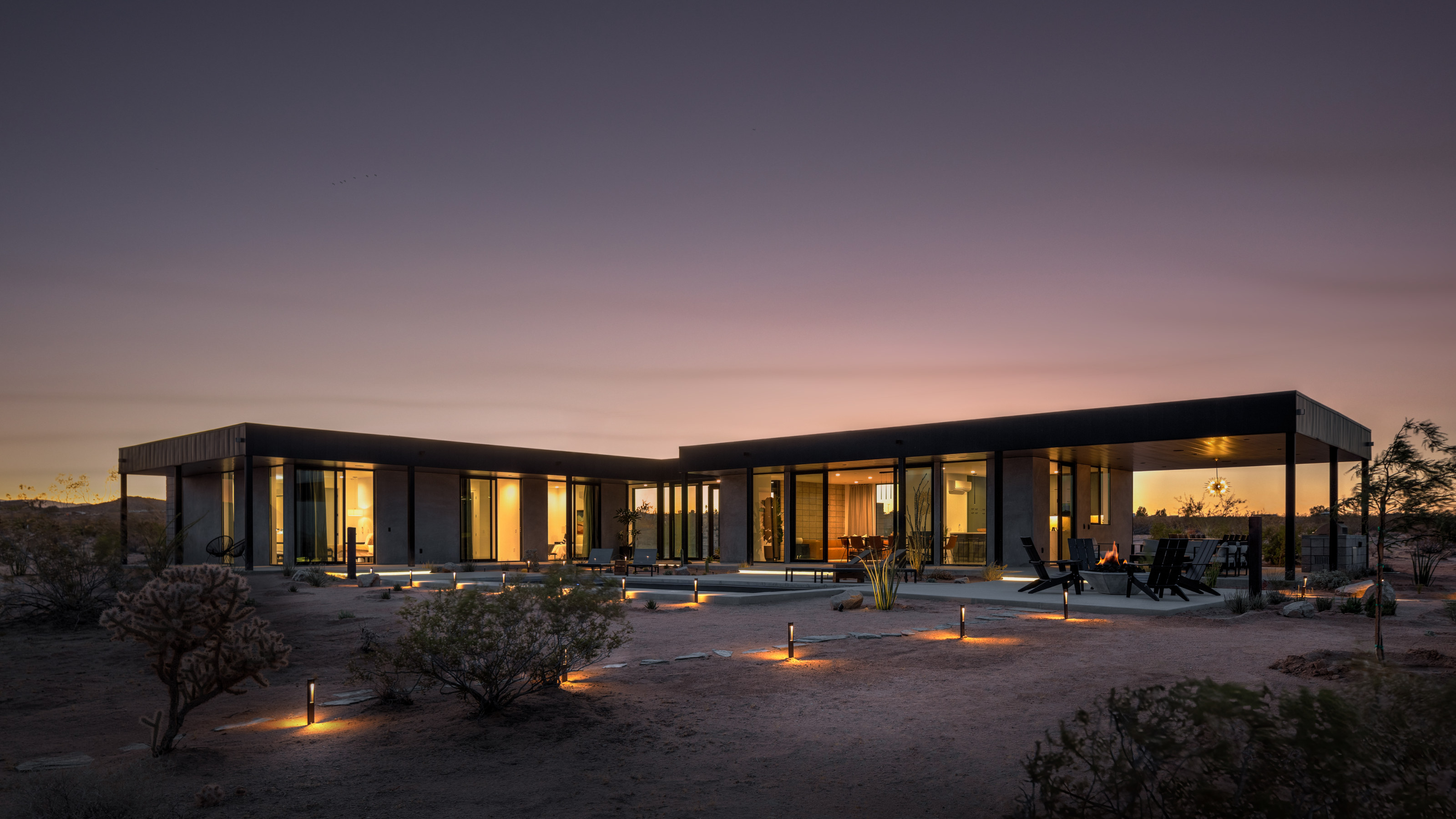 Rent this dream desert house in Joshua Tree shaped by an LA-based artist and musician
Rent this dream desert house in Joshua Tree shaped by an LA-based artist and musicianCasamia is a modern pavilion on a desert site in California, designed by the motion graphic artist Giancarlo Rondani
-
 Step inside this resilient, river-facing cabin for a life with ‘less stuff’
Step inside this resilient, river-facing cabin for a life with ‘less stuff’A tough little cabin designed by architects Wittman Estes, with a big view of the Pacific Northwest's Wenatchee River, is the perfect cosy retreat
-
 Remembering Robert A.M. Stern, an architect who discovered possibility in the past
Remembering Robert A.M. Stern, an architect who discovered possibility in the pastIt's easy to dismiss the late architect as a traditionalist. But Stern was, in fact, a design rebel whose buildings were as distinctly grand and buttoned-up as his chalk-striped suits
-
 Own an early John Lautner, perched in LA’s Echo Park hills
Own an early John Lautner, perched in LA’s Echo Park hillsThe restored and updated Jules Salkin Residence by John Lautner is a unique piece of Californian design heritage, an early private house by the Frank Lloyd Wright acolyte that points to his future iconic status
-
 The Stahl House – an icon of mid-century modernism – is for sale in Los Angeles
The Stahl House – an icon of mid-century modernism – is for sale in Los AngelesAfter 65 years in the hands of the same family, the home, also known as Case Study House #22, has been listed for $25 million
-
 Houston's Ismaili Centre is the most dazzling new building in America. Here's a look inside
Houston's Ismaili Centre is the most dazzling new building in America. Here's a look insideLondon-based architect Farshid Moussavi designed a new building open to all – and in the process, has created a gleaming new monument
-
 Frank Lloyd Wright’s Fountainhead will be opened to the public for the first time
Frank Lloyd Wright’s Fountainhead will be opened to the public for the first timeThe home, a defining example of the architect’s vision for American design, has been acquired by the Mississippi Museum of Art, which will open it to the public, giving visitors the chance to experience Frank Lloyd Wright’s genius firsthand
-
 Clad in terracotta, these new Williamsburg homes blend loft living and an organic feel
Clad in terracotta, these new Williamsburg homes blend loft living and an organic feelThe Williamsburg homes inside 103 Grand Street, designed by Brooklyn-based architects Of Possible, bring together elegant interiors and dramatic outdoor space in a slick, stacked volume